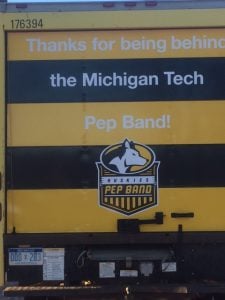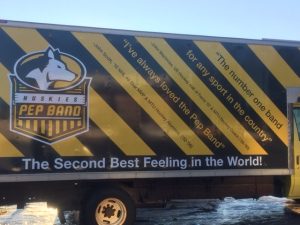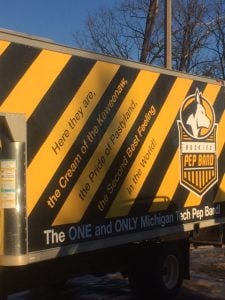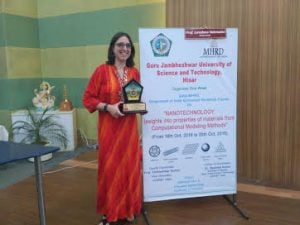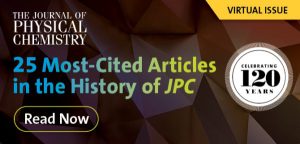Summer is still trying to reach the UP — we’ve experienced too many days in the 60s with gray skies and rain. But the weather has not affected the recognition being earned by the faculty here in the college.
Associate Professor L. Syd Johnson (Humanities) works on bioethics and has explored such issues as head trauma and concussions in sports. She was recently appointed to an advisory group at the National Institutes of Health Neuroethics Division, the BRAIN Initiative (Brain Research through Advancing Innovative Neurotechnologies). She joins the initiative’s Multi-Council Working Group. This is a very nice recognition of the respect of Syd’s colleagues.
Professor of Physics John Jaszczak was part of an international team that identified and unraveled the composition and make-up of a new mineral over the past two years — Merelaniite. Named for the mining town in Tanzania where the mineral was located, Merelaniite was just named the Mineral of the Year for 2016. The account of this effort offers an inside look at the process of describing and naming a new mineral.
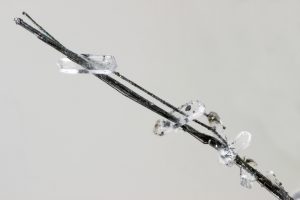
 Richelle Winkler
Richelle Winkler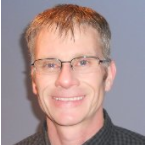 Gord Paterson
Gord Paterson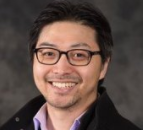 Philart Jeon
Philart Jeon Stephanie Carpenter
Stephanie Carpenter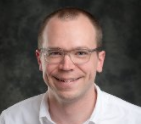
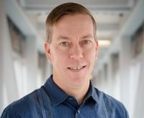
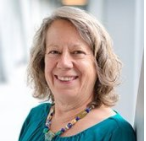 Linda Ott
Linda Ott


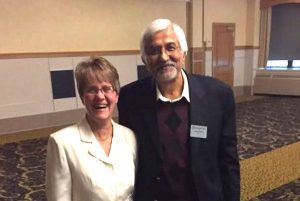
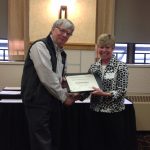
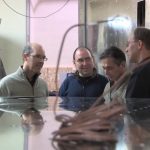

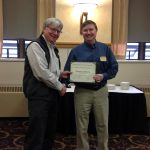
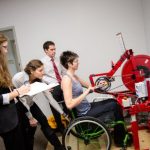


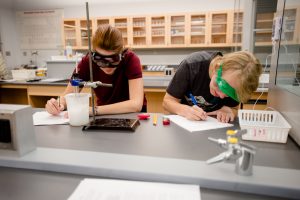 The pace of the academic semester picks up in mid April, with students and faculty alike realizing that the end of the semester is looming. Students hustle to complete projects and papers, but I am especially impressed by the number of research activities in which CSA undergraduates are involved.
The pace of the academic semester picks up in mid April, with students and faculty alike realizing that the end of the semester is looming. Students hustle to complete projects and papers, but I am especially impressed by the number of research activities in which CSA undergraduates are involved.



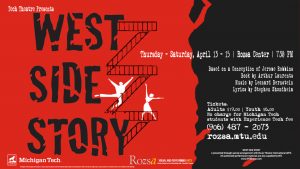
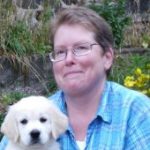 Kathy Halvorsen
Kathy Halvorsen Anne Beffel
Anne Beffel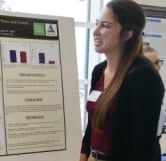 Stephanie Dietrich
Stephanie Dietrich
 Two KIP students-
Two KIP students-  Considering that Michigan Tech offers no degrees in music, the variety of quality musical groups here is quite amazing. Jazz and vocal groups, an orchestra and bands — students can participate in all of these, often in more than one venue. But for the typical student here, the
Considering that Michigan Tech offers no degrees in music, the variety of quality musical groups here is quite amazing. Jazz and vocal groups, an orchestra and bands — students can participate in all of these, often in more than one venue. But for the typical student here, the 